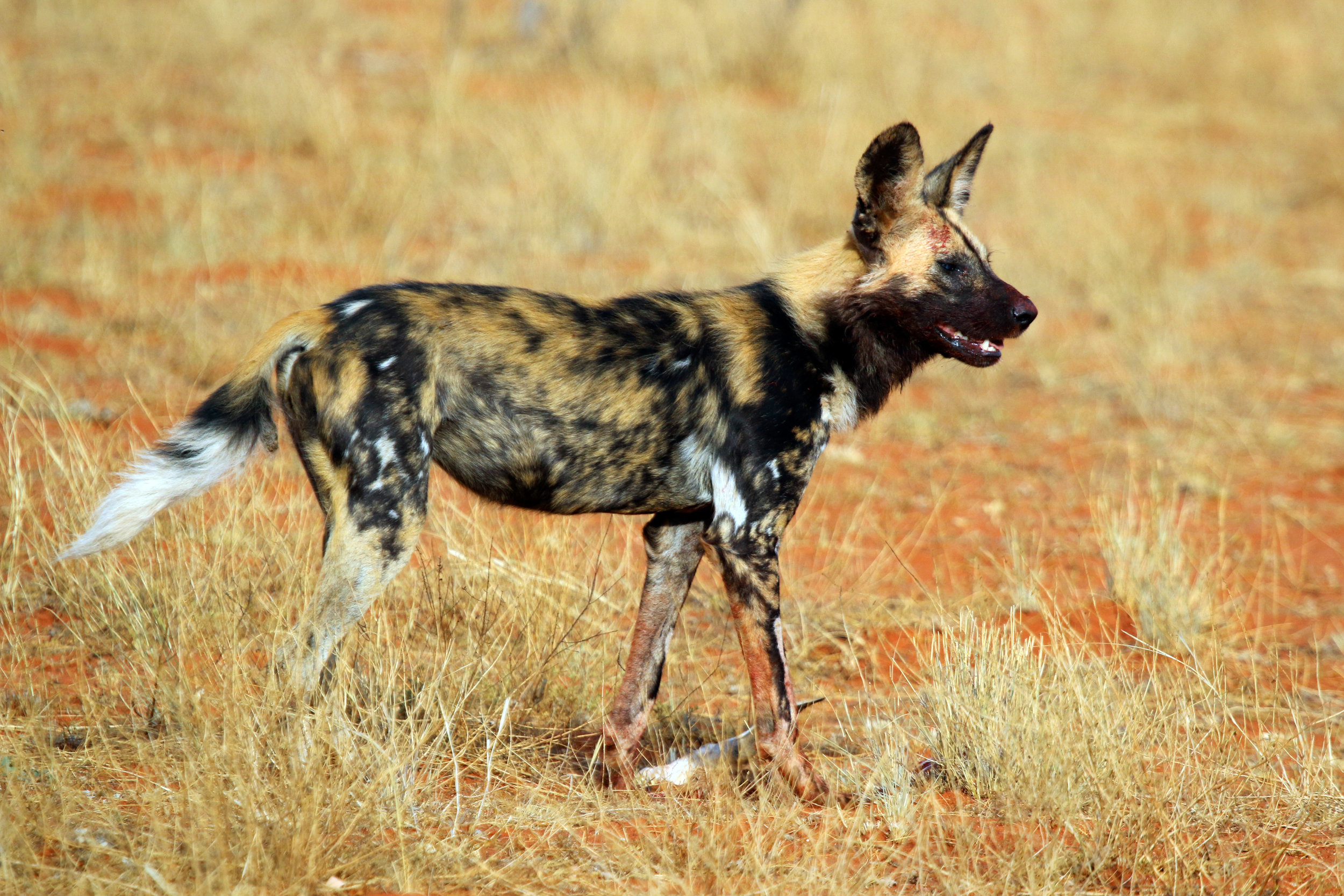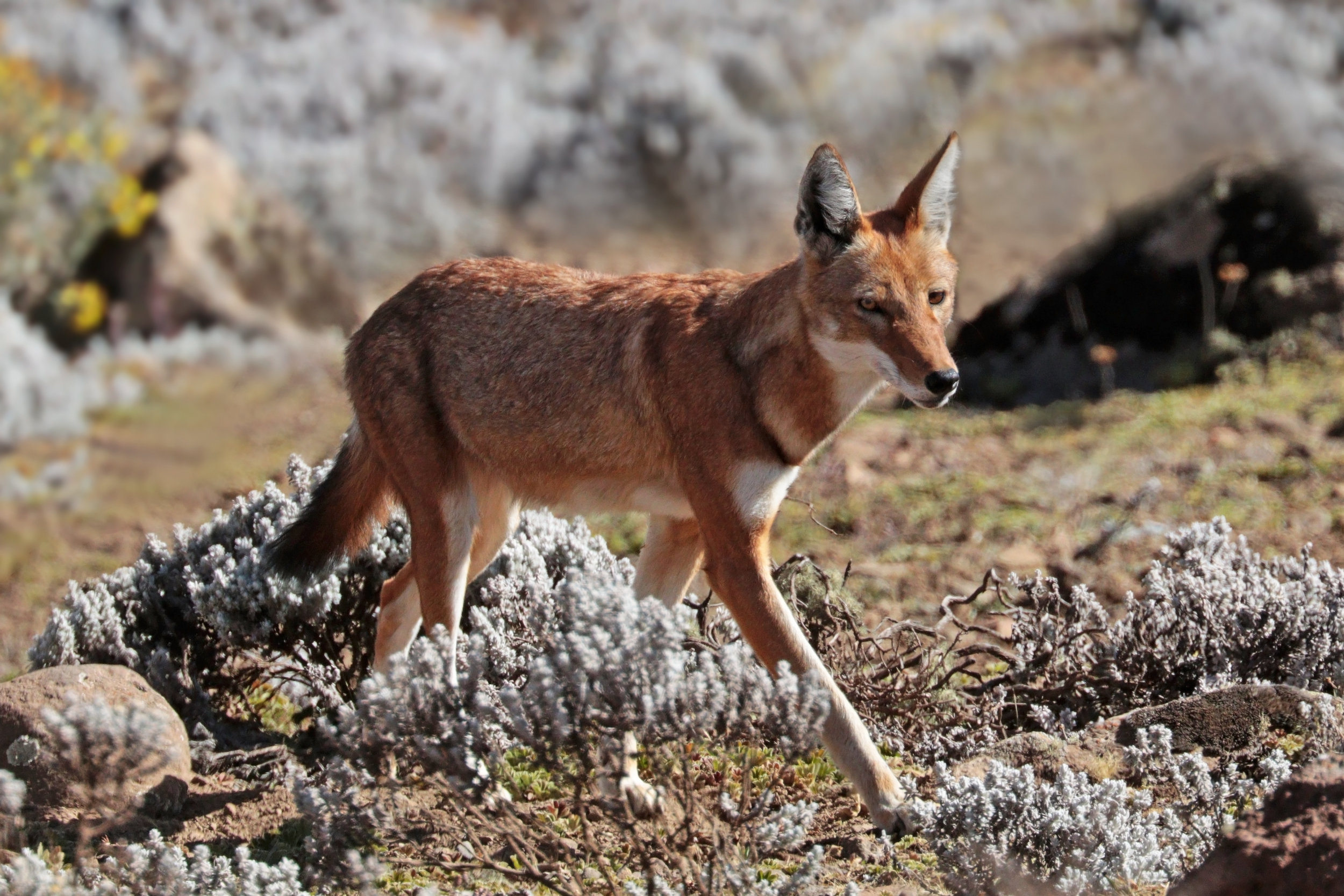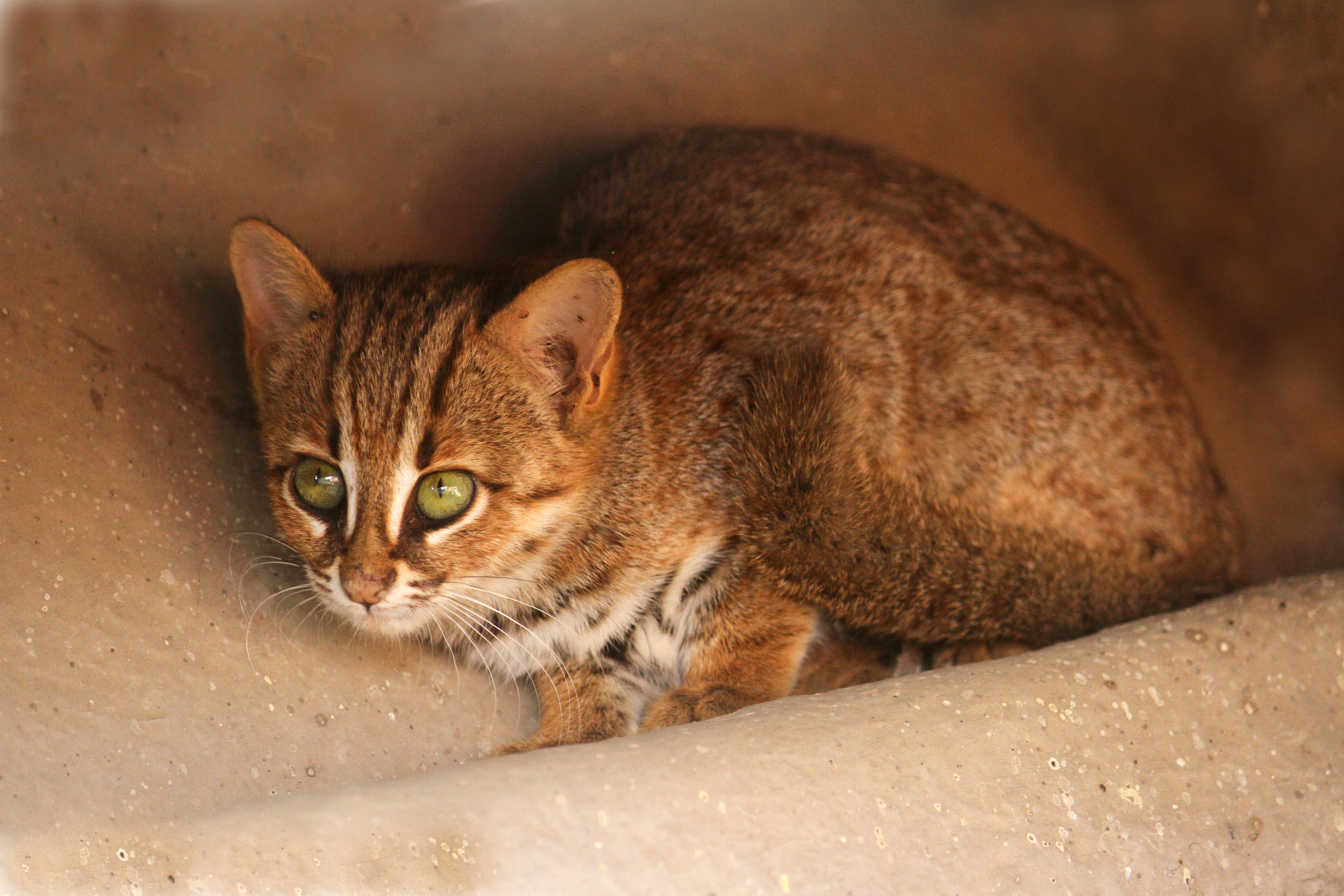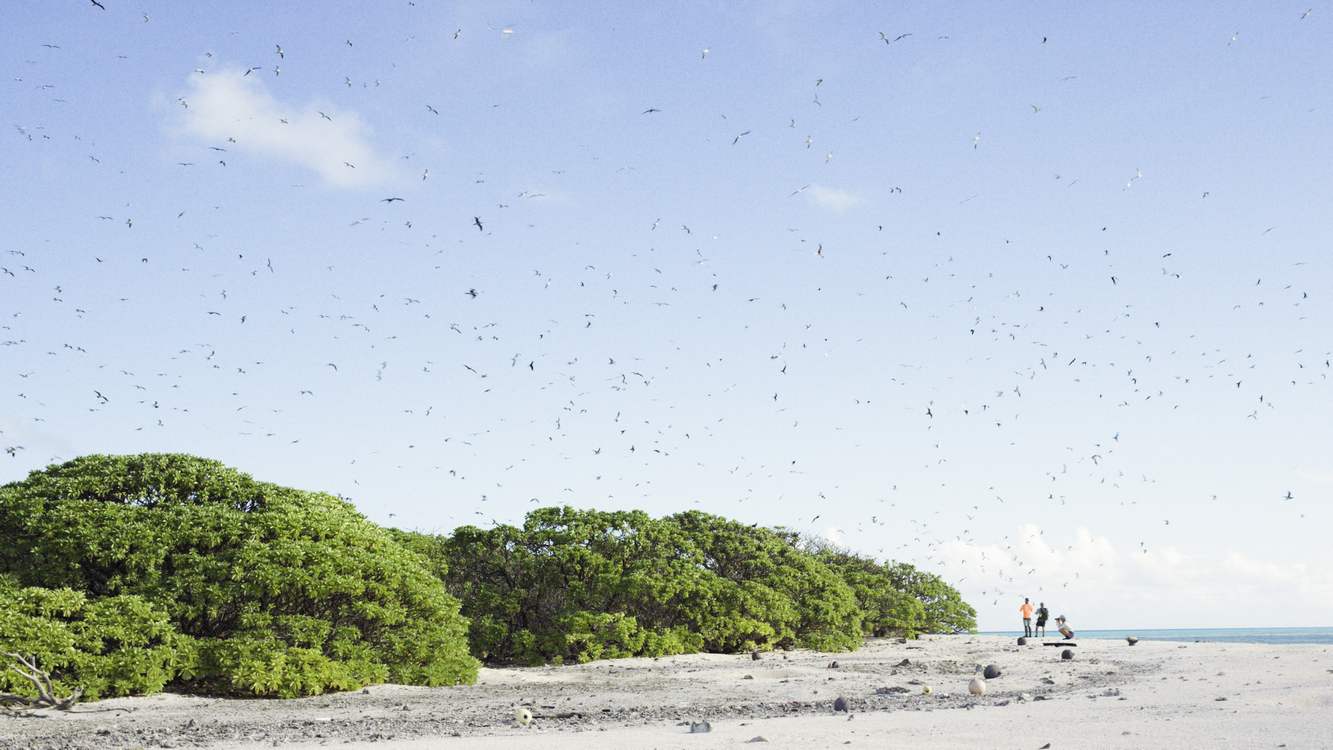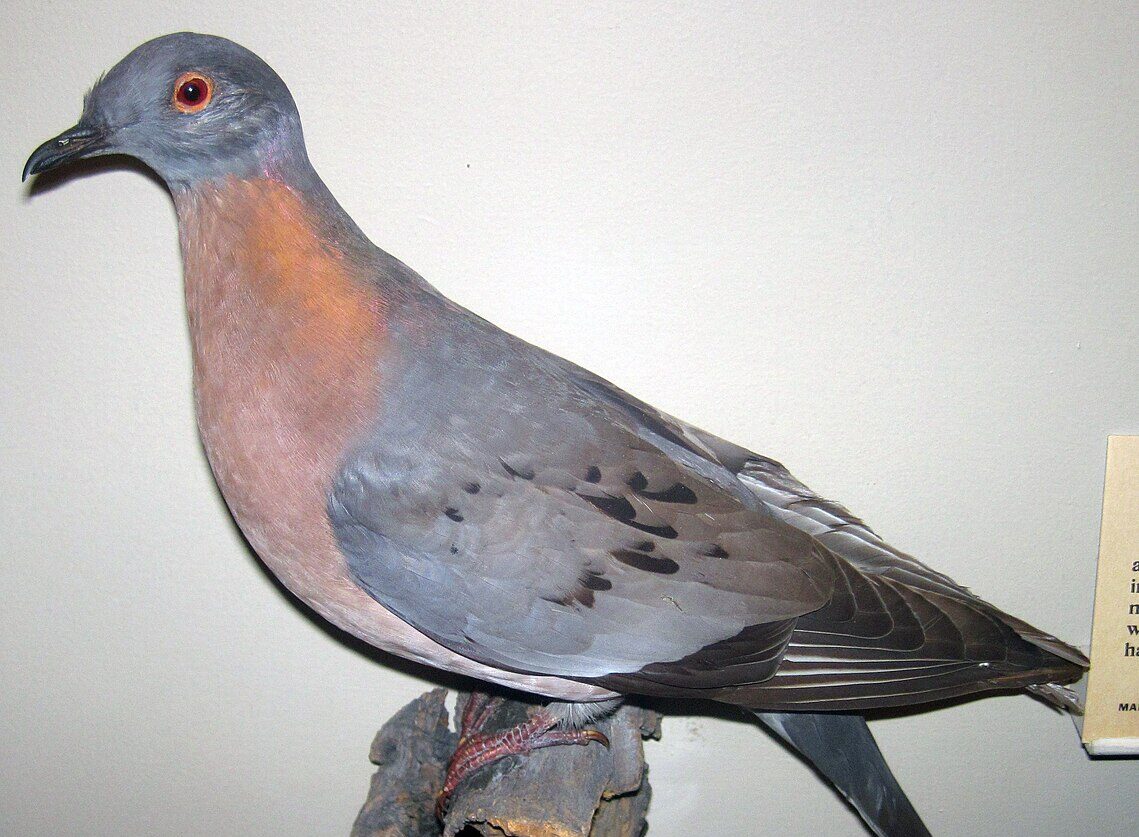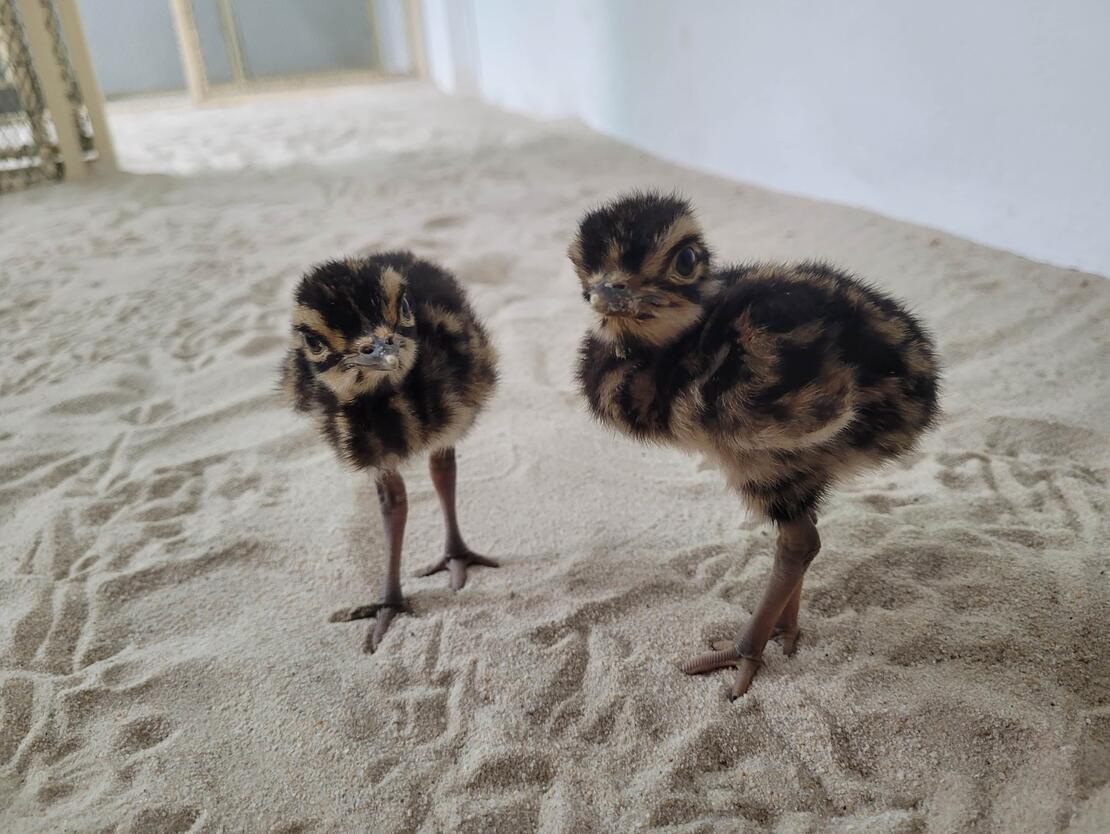We live in the Anthropocene, the era of humans. Unsurprisingly, most public dollars go towards the benefit and advancement of mankind, leaving little leftover to tend to the world and it’s other animals. The result is that conservationists, like the animals they study, have had to develop clever strategies in order to succeed in their fields.
This necessity has certainly bred innovation, and some of the ways in which a chronically underfunded scientific community has managed to pull certain species back from the brink of obliteration while performing other important wildlife services is a grand display of ingenuity.
In a recent publication by the International Union for the Conservation of Nature (IUCN) Dr. Claudio Sillero, Chair of the IUCN Species Survival Commission Canid Specialist Group and others lay out some of the key successes and opportunities that big-time conservation strategies can yield.
“The protection of an umbrella species protects a wide range of co-existing species in the same habitat, which may be lesser-known and difficult to protect otherwise”.
Umbrella and Flagship Species
Recently, the Anthropocene received the news that a million animal species are facing extinction within the next so and so amount of years. In the face of such a daunting challenge the time for species management is nearing its end, the necessity shifting instead to the management of whole ecosystems.
“While the idea of single-species management was long ago replaced by that of ecosystem management, translating that into a practical and effective conservation strategy is a big challenge,” writes IUCN SOS grantee Matthew Becker of the Zambia Carnivore Program.
The strategy of a flagship species is based around the fact that for whatever reason there are certain animals which garner more public support that others, ie. tigers, pandas, snow leopards, etc. But there are limits to what flagship conservation can achieve, for example a female raising a tiger or panda cub and the tremendous natural difficulty therein.
One may accrue $250,000 of funding, but it wont make 6 infant pandas grow any faster, or lessen the difficulty of captive panda breeding.
Another strategy, and one of the most successful ways in which ecosystem management has been achieved is through the support and designation of umbrella species.
In part of the publication relating to carnivores’ role in umbrella species conservation, Dr. Sillero writes: “The protection of an umbrella species protects a wide range of co-existing species in the same habitat, which may be lesser-known and difficult to protect otherwise. Wide-ranging carnivores such as African wild dogs or cheetah offer a good frame for rangeland protection”.
Picking up the narrative, Becker of the Zambia Carnivore Program explains: “One of the defining characteristics of large carnivores is that they need space, and lots of it. In Africa, for example, a single cheetah or pack of African wild dogs can range over hundreds and even thousands of square kilometers, and a minimum area of 10,000 km2 (larger than Yellowstone National Park) is recommended for viable populations of wild dogs”.
Successfully protecting the range which African wild dogs need, one is inadvertently protecting all of the other species which live in those 10,000 km2.
“…the protection of Afro-alpine habitats as water sources and providers of other ecosystem services… can be more effectively communicated if the narrative focuses on the endemic and Endangered Ethiopian Wolf,”
Food Webs, and Webs of Life
What the great television conservationists strive to do is raise awareness that all animals, regardless of their surface-layer intrigue, play an important role in the ecosystems they exist in. Sometimes though, these roles manifest themselves in ways which no one could predict.
Dr. Sillero tells the story of olive baboons becoming far more present in West Africa after the reduction in the number of large carnivores like lions and leopards, and that the prevalence of raiding human habitation for food became so widespread that childhood education actually went down due to children staying home from school to help guard against baboon raids.
Large carnivore species are critical drivers of the development of a given ecosystem. Their presence determines in large part how the prey species behave in a given environment.
In studying carnivores, Dr. Sillero describes the manner in which prey animals map their home range as a sort of “environment of fear,” categorizing sections of the lands in which they live and travel in by level of danger based on previous encounters with predators.
This effect causes patterns of movement to change overtime, altering the distribution of nutrients back into the soil through their dung, and thereby changing the prevalence of plant species across the landscape along with the movements of the animals which rely on those plants.
Payment For Environmental Service (PES) strategies are another very common conservation tool. They usually feature the collection of money, either from public treasuries or with a tax, to pay for the protections and upkeep of forests, watersheds, and other ecosystems which nearby communities actively need to flourish. So in principal, one is paying the forest for the water and lumber it provides.
“…the protection of Afro-alpine habitats as water sources and providers of other ecosystem services such as pollinators, pasture, fuel, thatching, and weaving materials can be more effectively communicated if the narrative focuses on the endemic and Endangered Ethiopian Wolf, an Afro-alpine specialist par excellence,” explains D. Sillero.
Here in America, John Muir made the same case as he pleaded with the government to include the high mountain ecosystem surrounding Yosemite as part of the National Park into which the famous valley was interred.
“…the mountains are not only fountains of timber and irrigating rivers, but fountains of life,” he argued.
Over a hundred years later that sentiment can still be found in most ecosystem management practices.
The rusty-spotted cat (Prionailurus rubiginosus) is one of the smallest wildcat species, as well as the rarest. Photo credit David Raju
Trickle-down Conservation
“Tigers need large expanses of habitats and ample amount of prey to survive and flourish. It is expected that the conservation of this charismatic species will help confer protection to many other species that share the same habitat,” writes award-winning conservationist Sanjay Gubbi in the third part of the publication.
“I do not mean that the tiger would literally defend the other animals, but they act like sturdy, protective umbrellas that provide indirect conservation support to a host of other species. This could include elephants, dholes, leopards, gaur, sambar, and many other mammals, reptiles, birds, amphibians, insects, and others”.
With the reduction in tiger populations over hundreds of years on the Indian subcontinent, their presence has mainly receded into forests and woodlands. Though the grey-headed fishing eagle, the marsh crocodile, the rusty-spotted cat, or the Kaveri river where Sanjay works and where these species live won’t generate much conservation funding, the knowledge of the public’s love for charismatic animals like the tiger allows biologists to protect beautiful creatures which exist alongside the tiger by exploiting that love.
Sanjay’s utilization of the tiger as an umbrella species has juxtapositionally yielded some delightful opportunities for conservation. The camera traps set out to gather data on tigers in Cauvery-Male Mahadeshwara Hills (MM Hills) landscape also gathered the first photographic evidence of the honey badger in the state of Karnataka.
This sighting of the delightful little mammal has stirred a lot of local interest in Cauvery Wildlife Sanctuary, and the local staff have chosen the honey badger to be the emblem on their uniforms.
Even more remarkably the camera traps yielded several photos of the aforementioned rusty-spotted cat, the rarest wildcat species in the world, and have for the first time ever allowed biologists to begin to estimate populations in the region.
Rusty-spotted cats are a good example of a species that would do poorly with a target, flagship species management program as we know very little about this elusive feline. Ensuring the tiger’s ecosystem could go very far in protecting these one-in-a-million wildcats from population shrinkage if only due to the preservation of their habitat.
Returning to the writings of Matthew Becker of the Zambia Carnivore Program: “We now live in what is considered the Anthropocene Epoch, where for the first time people are the primary driver of ecological change”.
“Burgeoning human populations and ever-increasing resource use continue to strain earth’s ecosystems and climate, and we are experiencing unprecedented rates of human-induced ecological change. At the same time, the resources available for addressing these rapid changes are drastically inadequate, forcing conservationists to be selective”.
“Given the characteristics of carnivore conservation in practice, protecting the suite of Africa’s big cats, wild dogs and hyenas represents a potent use of the umbrella species concept”.

